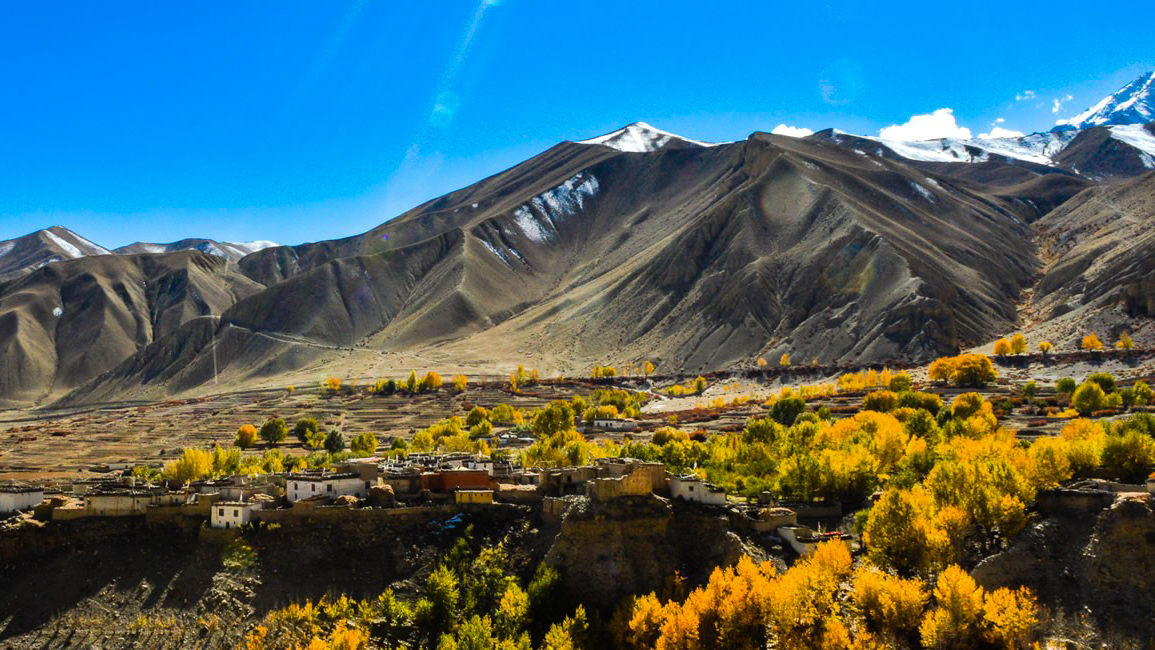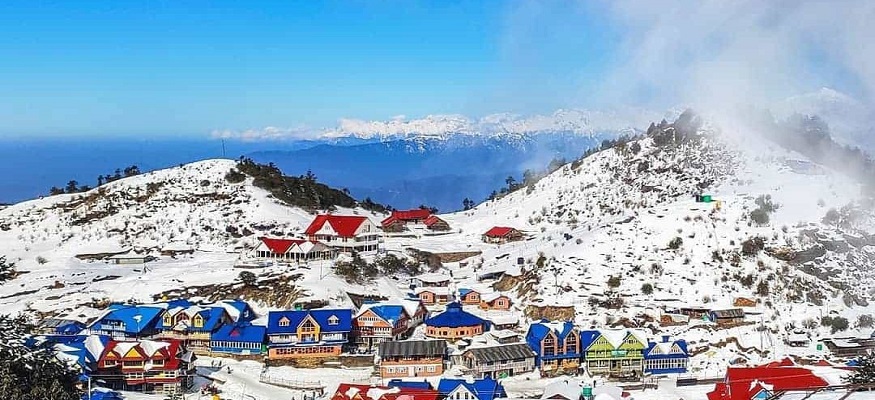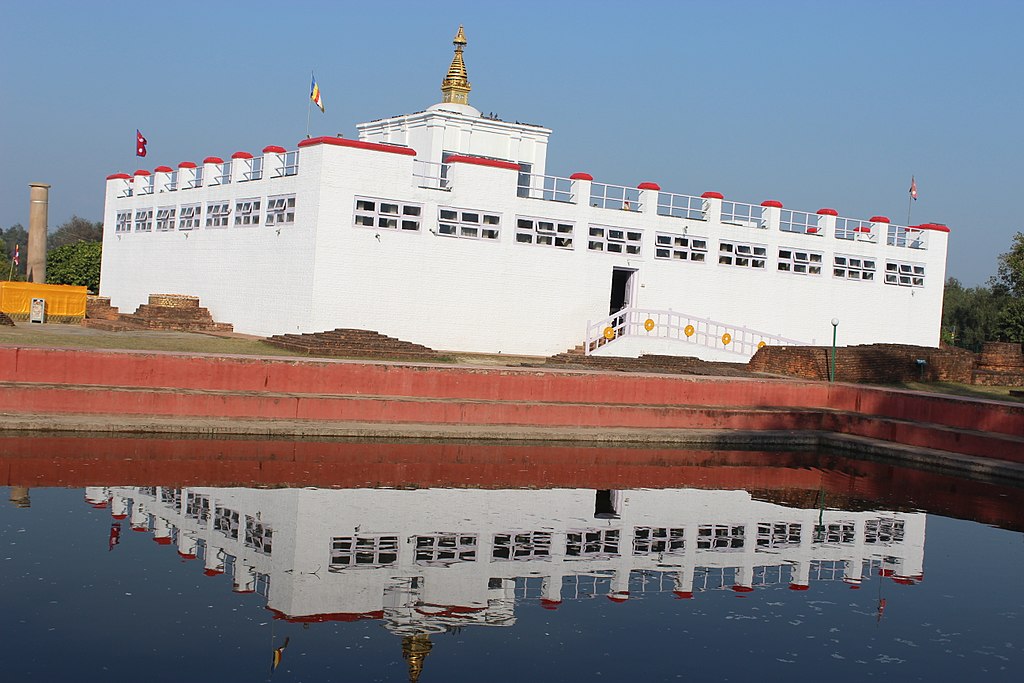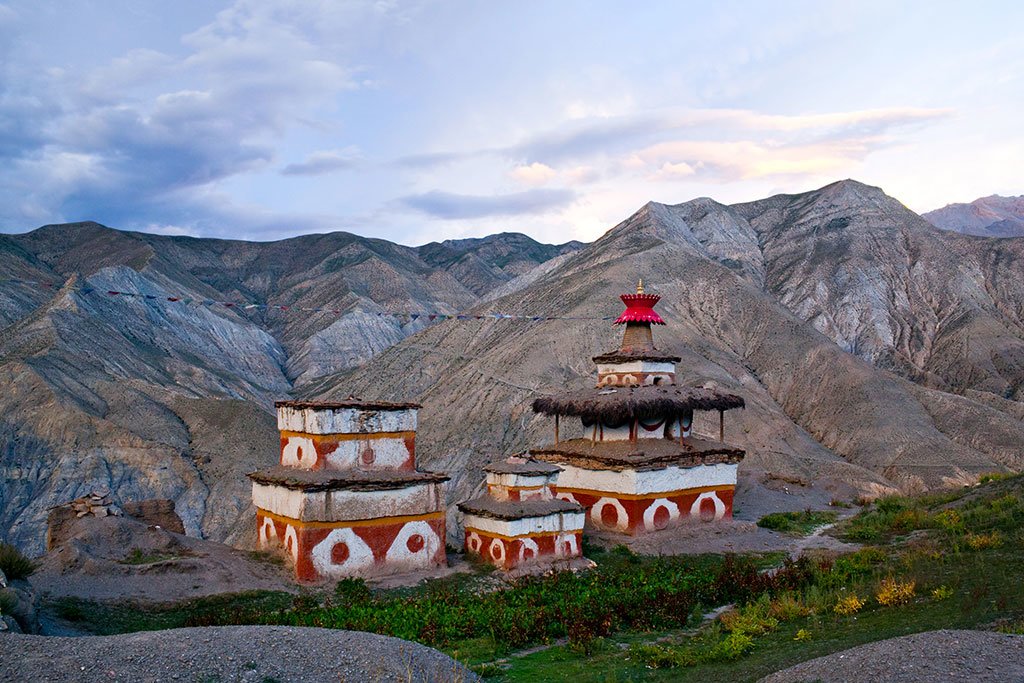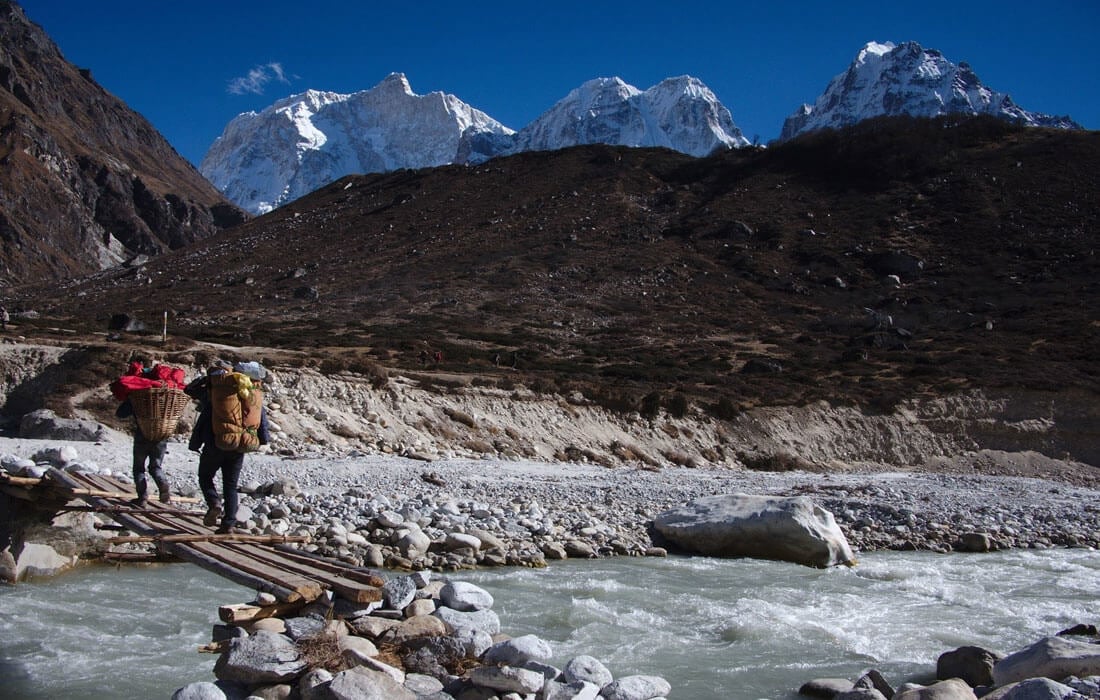 Detailed Information
Detailed Information
Changu Narayan Temple offers a profoundly authentic glimpse into living Hindu traditions within a remarkably preserved ancient setting, creating an experience that seamlessly blends religious devotion, architectural splendor, and historical significance. What distinguishes this sacred site is its comparative tranquility and the palpable sense of antiquity that permeates every stone and timber, providing a stark contrast to the more frequented temples of Kathmandu.
As you approach the temple along the stone-paved path from the village below, the ornate pagoda roof emerges against the backdrop of the Himalayas, creating a scene that has remained largely unchanged for centuries. The temple stands at the center of a spacious courtyard filled with ancient sculptures, stone inscriptions, and smaller shrines that collectively narrate the evolution of Nepali religious art across millennia.
The ritual experience centers around the main temple dedicated to Vishnu, where devotees perform puja (worship) by offering flowers, incense, and red tika powder while priests chant Sanskrit mantras that have echoed through this sacred space for over sixteen centuries. The intricate carvings that adorn every wooden beam, strut, and pillar of the temple depict episodes from Hindu mythology, particularly the ten avatars of Vishnu, creating a three-dimensional sacred text that communicates spiritual teachings through visual artistry.
The cultural significance of Changu Narayan extends beyond its religious function. The temple complex houses Nepal's oldest known inscription in stone, dating to 464 CE during the reign of the Licchavi king Manadeva, essentially marking the beginning of Nepal's recorded history. Art historians consider the collection of sculptures surrounding the temple to be among the most important in South Asia, showcasing the evolution of sculptural styles from the Licchavi period through the Malla dynasty.
Throughout the day, the atmosphere around Changu Narayan shifts subtly. Dawn brings elderly devotees who have made the pilgrimage up the hill to offer morning prayers before the day's heat. By mid-morning, a few discerning visitors arrive, often accompanied by knowledgeable guides who explain the iconography and historical significance of the site. Late afternoon sees families from nearby villages coming to pay respects before the temple closes for the evening. This organic rhythm reflects Changu Narayan's enduring role as both a living temple and a repository of Nepal's cultural heritage.
Changu Narayan Temple offers a profoundly authentic glimpse into living Hindu traditions within a remarkably preserved ancient setting, creating an experience that seamlessly blends religious devotion, architectural splendor, and historical significance. What distinguishes this sacred site is its comparative tranquility and the palpable sense of antiquity that permeates every stone and timber, providing a stark contrast to the more frequented temples of Kathmandu.
As you approach the temple along the stone-paved path from the village below, the ornate pagoda roof emerges against the backdrop of the Himalayas, creating a scene that has remained largely unchanged for centuries. The temple stands at the center of a spacious courtyard filled with ancient sculptures, stone inscriptions, and smaller shrines that collectively narrate the evolution of Nepali religious art across millennia.
The ritual experience centers around the main temple dedicated to Vishnu, where devotees perform puja (worship) by offering flowers, incense, and red tika powder while priests chant Sanskrit mantras that have echoed through this sacred space for over sixteen centuries. The intricate carvings that adorn every wooden beam, strut, and pillar of the temple depict episodes from Hindu mythology, particularly the ten avatars of Vishnu, creating a three-dimensional sacred text that communicates spiritual teachings through visual artistry.
The cultural significance of Changu Narayan extends beyond its religious function. The temple complex houses Nepal's oldest known inscription in stone, dating to 464 CE during the reign of the Licchavi king Manadeva, essentially marking the beginning of Nepal's recorded history. Art historians consider the collection of sculptures surrounding the temple to be among the most important in South Asia, showcasing the evolution of sculptural styles from the Licchavi period through the Malla dynasty.
Throughout the day, the atmosphere around Changu Narayan shifts subtly. Dawn brings elderly devotees who have made the pilgrimage up the hill to offer morning prayers before the day's heat. By mid-morning, a few discerning visitors arrive, often accompanied by knowledgeable guides who explain the iconography and historical significance of the site. Late afternoon sees families from nearby villages coming to pay respects before the temple closes for the evening. This organic rhythm reflects Changu Narayan's enduring role as both a living temple and a repository of Nepal's cultural heritage.

From $0
Price Varies from Group Size
Success
Here goes about why the success toast occurred.
 Activity Outline
Activity Outline
Sunrise Approach to the Temple
Morning Rituals and Main Temple
Stone Sculpture Garden
Changu Museum and Traditional Crafts
Temple Architecture in Detail
Surrounding Shrines and Viewpoints
Sunset Meditation
Evening in Changu Village
 Good to Know
Good to Know
Walking clockwise around the temple is considered respectful and brings good fortune according to Hindu tradition.
Cultural Highlights
Living Heritage: Continuous worship tradition since the 4th century CE
Stone Inscriptions: Contains Nepal's oldest dated inscription from 464 CE
Master Artisans: Local families maintain traditional woodcarving and metalwork techniques
Changu Narayan Jatra: Annual festival featuring masked dances and processions
Haribodhini Ekadashi: Major celebration when Vishnu "awakens" from cosmic sleep
Visitor Etiquette
Dress modestly, covering shoulders and knees
Remove shoes before entering the main temple
Avoid touching sculptures or carvings
Ask permission before photographing people in prayer
Speak quietly out of respect for worshippers
Do not enter the innermost sanctuary unless Hindu
No leather items should be worn inside the main temple
Nearby Attractions
Bhaktapur Durbar Square: Medieval city center with temples and palaces (8 km)
Nagarkot: Mountain viewpoint popular for sunrise Himalayan views (12 km)
Suryabinayak Temple: Ancient Ganesh temple with ornate carvings (9 km)
Sankhu: Traditional Newari town with important Vajrayogini Temple (10 km)
Boudhanath Stupa: Largest Buddhist stupa in Nepal (15 km)
 Reviews
Reviews
 FAQs (Frequently Asked Questions)
FAQs (Frequently Asked Questions)
Your queries are answered.
Was the temple damaged in the 2015 earthquake?
Yes, Changu Narayan suffered significant damage during the April 2015 earthquake, with several secondary structures collapsing and the main temple sustaining structural damage. Through international conservation efforts, the main temple has been stabilized and restored, reopening to the public in 2017, though restoration work continues on some surrounding structures.
What is the significance of the Garuda figure at the temple entrance?
The large kneeling Garuda statue facing the main temple represents Vishnu's eagle mount and faithful companion. Dating to the 5th century, this sculpture is considered one of the finest examples of Licchavi period art. In Hindu tradition, Garuda symbolizes the perfect devotee, always prepared to serve the deity without hesitation.
How old are the carvings on the temple's struts and beams?
While the temple structure has been renovated several times over the centuries, many of the wooden struts and carvings date to the Malla period (13th-18th centuries). The oldest stone sculptures in the courtyard date to the Licchavi period (5th-8th centuries), including the famous Vishnu Vikranta statue.
Is Changu Narayan suitable for those with mobility issues?
The traditional approach to the temple involves an uphill walk along stone-paved paths that may be challenging for visitors with mobility limitations. However, vehicles can drive to a parking area approximately 200 meters from the temple complex. The temple courtyard itself is relatively flat, though there are steps to enter the main shrine.
What is the meaning of the name "Changu Narayan"?
According to local legend, a Brahmin named Sudarshan was beheaded by Changu, the King of Demons. Lord Vishnu restored Sudarshan's life by attaching the demon's head to his body. The grateful Sudarshan then established a temple at this site, naming it Changu (the demon's name) Narayan (for Lord Vishnu).
Can I participate in Hindu rituals at the temple?
Non-Hindu visitors are welcome to observe most rituals and can participate in the outer worship practices like circumambulation and offering flowers. However, entry to the innermost sanctuary is traditionally reserved for Hindus. The resident priests may offer blessings to respectful visitors of all faiths.
What is the best season to visit Changu Narayan?
October to November offers clear mountain views and comfortable temperatures, coinciding with major festivals when the temple is especially vibrant. March to May provides warm weather and rhododendron blooms on the hillsides. The monsoon season (June-September) brings lush green landscapes but occasionally obscured mountain views.




